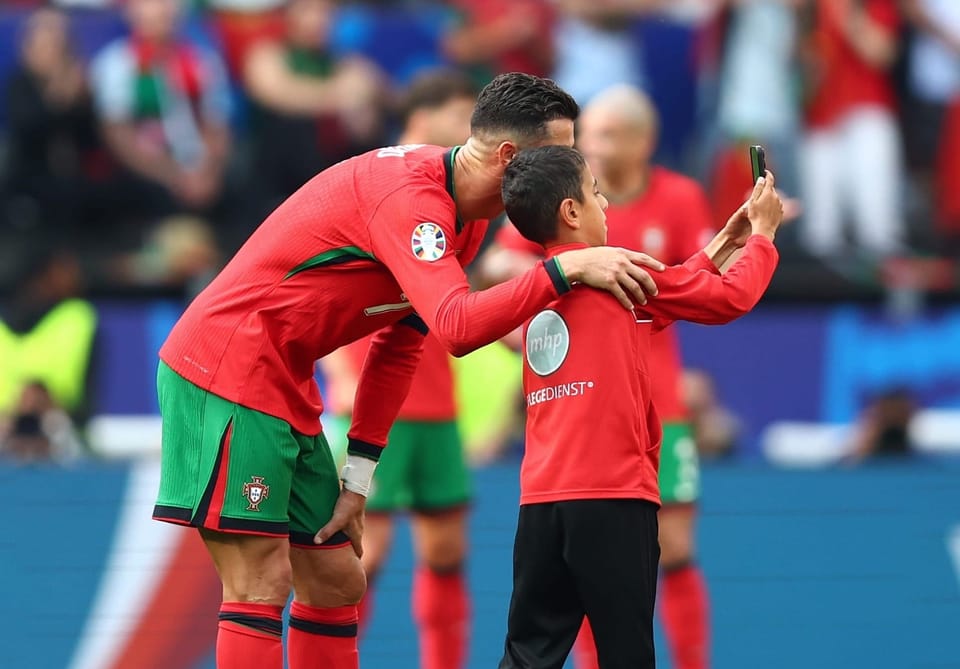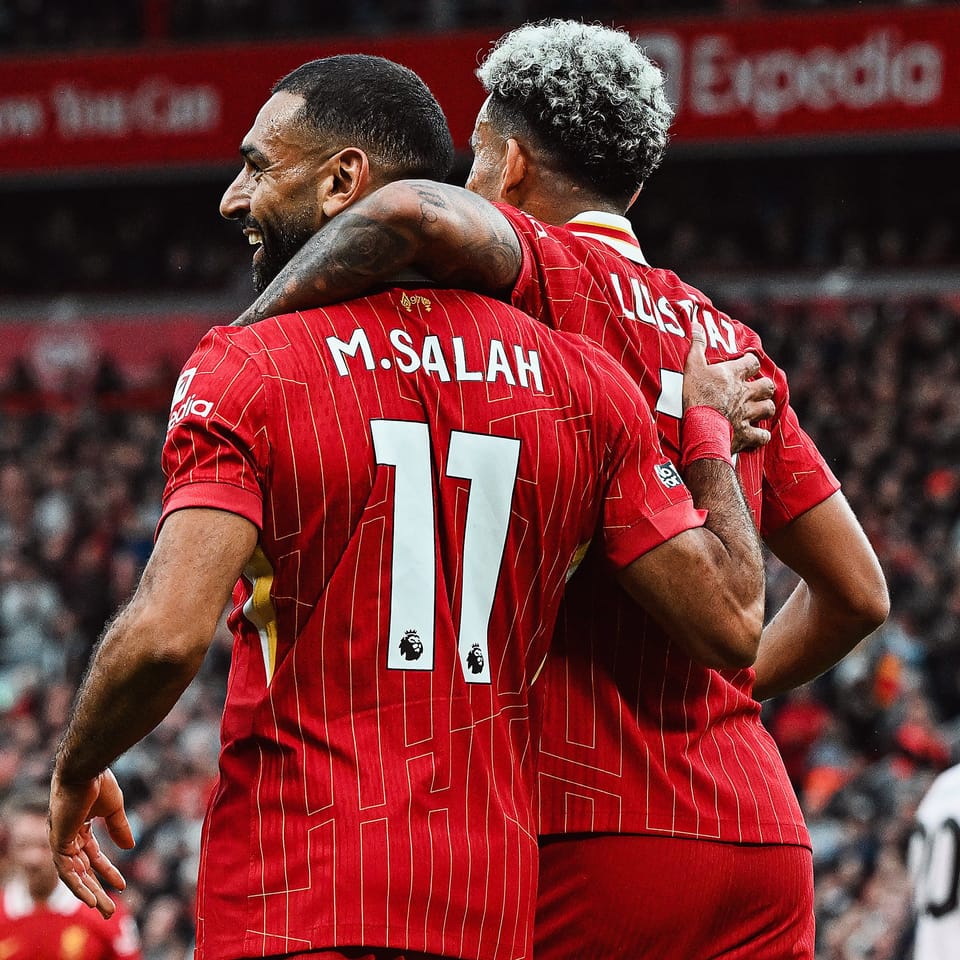Player Development Curriculums Need Digital Sieves
The implications of digital proliferation on player development.

Archive (Aug. 4th, 2023): The implications of digital proliferation on player development.
1. Spark
It's 2024, and the digital landscape is inextricably linked with our everyday lives. Players step away from the pitch only to immediately check their phones, eager to gauge the public's reaction to their performance. Some create anonymous accounts to shield themselves from criticism, while others have professional teams dedicated to managing their online presence in their best interest.
Once, mistakes made during a game would only be scrutinised in a video analysis session; now, they're captured in short clips, distributed to millions, and obsessively scrutinised by a vast online audience.
Players know what pundits say about them, and they follow influential voices and fan channels on social media. Those who try to ignore this online chatter have to break a neck to block it out. Should they succeed, their friends and family members almost certainly won't.
As a result, game footage, coaching, and our carefully curated development curriculums, no longer stand unchallenged as the primary sources of (learning) stimulus for players. Online content spreads rapidly and forms a formidable digital archive – right or wrong, well-intentioned or not — that shapes the knowledge and engagement of today's and tomorrow's athletes.
2. The Burning Questions
- What implications does this digital omnipresence have for our younger, impressionable athletes?
- How can we adapt our player development strategies to both complement and mitigate the effects of this widespread digital influence?
- Can we allocate space within our curriculums for players to process and interpret the vast amount of information they encounter online, and why is this consideration crucial?
- What is a sieve in player development?
3. Our Archive
The game is constantly changing. In the media today, coaches are framed as the sole drivers of a team's footballing philosophy: individuals who will steer the ship from the touchline.
Consequently, public chatter has increasingly marginalised conversations around individual and group mechanics in favour of broader team-wide strategies. Public forums are saturated with discussions around team/collective (11v11) tactics, build-up and pressing shapes, and overarching philosophy.
Football happens in three dimensions.
— Guillaume (@guillaumevdwege) August 3, 2023
🔴INDIVIDUAL: 1vs1 situations
🟡GROUP: 3-4 players
🔵TEAM/COLLECTIVE: 11vs11 formation
11vs11 is not the core, it is where team principles sustain the group and individual tactics. pic.twitter.com/Yogphe2KCj
While these examination are valuable, we find that they are too volatile to be worth an endured look. Buildup and pressing shapes change depending on the opponent and are volatile during games. But the fundamentals of individual and group tactics remain relatively consistent across all game-models:
- The specific staggering of a press may differ between teams, but the pressing mechanics of individual players and groups to set traps remains consistent.
- The specific shape of a build up may differ between teams, but the principles around receiving with an open stance, and exploiting the opponents weak/open side or momentum remain consistent.
Here is Bayer Leverkusen coach Xabi Alonso, corroborating this point in a recent viral (1.1 million at the time of publishing) video.
Xabi Alonso speaking on his role playpic.twitter.com/a7KctgemhP
— Siaran Bola Live (@SiaranBolaLive) January 3, 2024
See above – clipping and bite-sized consumption in today's sports!
See also – the manager branding 'Xabi Alonso Ball,' even though, by his admission, those concepts are fundamental to the sport.
Why is this probing necessary?
This clarification is important because, in our densely interconnected digital world, young players in formal or informal development curriculums consume a lot! Without the right framing or discernment, it easy for them to fall into self-sufficient loopholes of impractical analysis.
In the past, the 'art' of football was unanimously taken to be the skill and flair displayed on the field; it was what inspired the next generation to dream and aspire.
"I try to base my free-kicks on Ronaldo...hit the ball by the valve, and it moves"
— B/R Football (@brfootball) July 5, 2023
Mason Mount is a Manchester United player 💫 pic.twitter.com/eqzrYEjmMg
Today, THE defining art is probably the philosophical debate of around football ideologies, like positionism versus relationism. The micros in either set up, meanwhile, tend to be overlooked.
4. What is a Sieve?
In my examination of player development, a sieve is a means of discernment:
What should I learn? How should I learn it? Why should I learn it?
It takes many forms: for some, it's the guidance to acquire the right skills matching their technical and physical abilities; for others, it’s having clear understanding of their roles, or the honing of a team’s strategic framework.
Take, for example, this implementation of a sieve:
In a interview with David Garcia, Flemming Pedersen, the Technical Director of FC Nordsjælland and Right to Dream, elucidates how they extract focus points for player development from current practices of Champions League clubs.
At Nordsjælland, we scrutinize the evolution of football, aligning our goals to nurture talent capable of reaching the pinnacle of the sport. Therefore, it's imperative to emulate the style of play seen at elite levels, such as the Champions League. We've crafted our play-style on the premise that victory hinges on our ability to score goals.
So, what might constitute a digital sieve (in an footballing curriculum)?
- Collectively analysing and debunking prevalent misconceptions and myths in the sport
- Educating players on how to interact with online content critically, discerning valuable insights from noise
- Promoting constructive discussions and critiques within online forums
- Encouraging stakeholders to raise and deconstruct content they find misleading or questionable
- Creating and nurturing online communities that consolidate and sift through diverse coaching philosophies to find actionable and effective practices, which is what we are trying to do here!
What Next?
If you enjoyed this, consider subscribing to BallerzBantz, following us on Twitter, and sharing this with someone. We're publishing one bite-sized analysis + solution daily. By subscribing, you will receive one synopsis each week.
Join us to stay ahead and contribute to this burgeoning community.
Who is the Writer?
Joel A. Adejola is an undergraduate at the University of Kansas (KU), studying Engineering and Philosophy.



